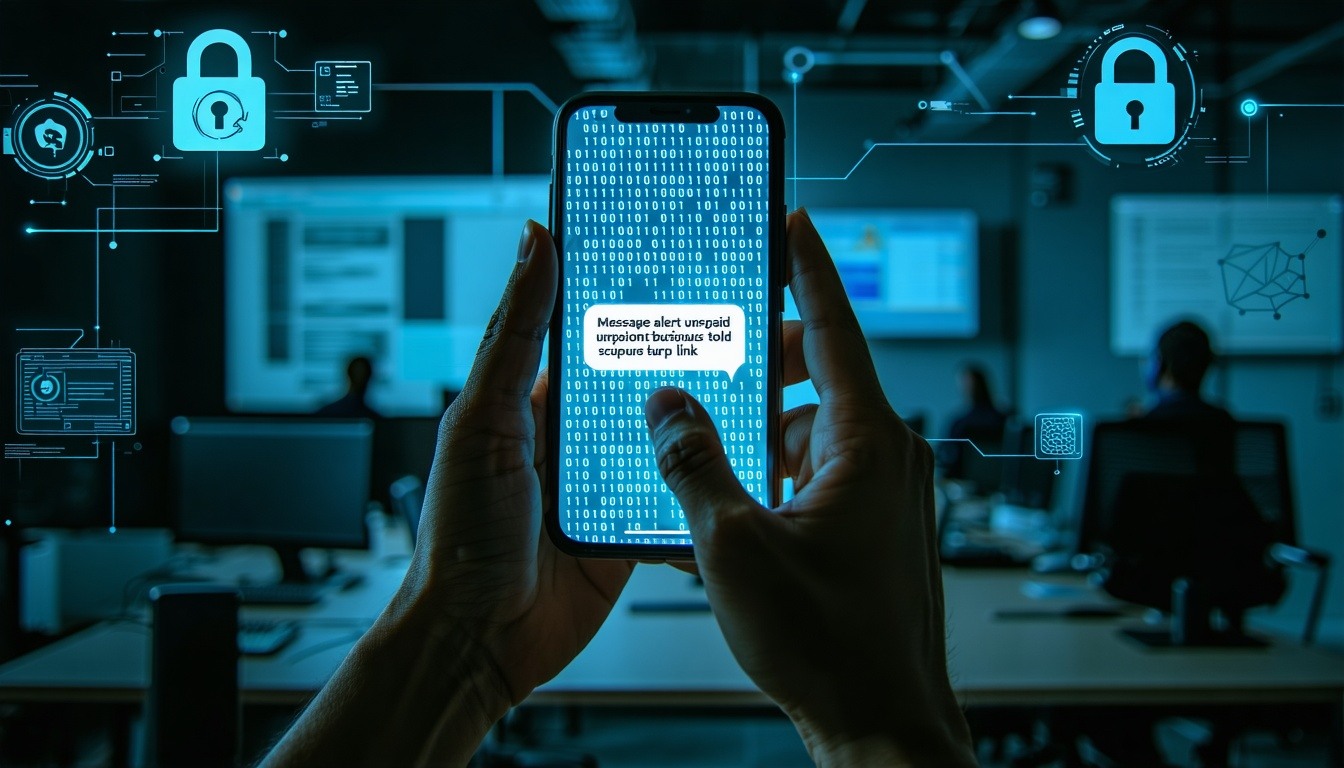My friend Ted Bauman from Banyan Hill included "Managing the Risks of Working from Home" as a "Special Update" in his March Baumann Letter. Ted and I met six years ago when few cared about online privacy and cybersecurity. Our shared vision consists of the weaponization of personal information, and cyber threats being the existential risk of our age.
The article is below, and available on Ted's site.
"This is pretty different from what we usually send. But these are extraordinary times. Here at Bauman Daily, we are dedicated to supporting you any way we can as we get through this crisis. And I thought this might help you.
Brad Deflin is a great friend of all of us here at Banyan Hill Publishing. He’s a regular presenter at our annual Total Wealth Symposium, where he talks about the risks of our digital world, and solutions to them. He reached out to me, offering to share some ideas about how to protect yourself if you’re working, studying and playing at home during the pandemic. Here’s what he shared… — Ted"
Protecting from Cyber Threats at Home
There are almost 8 billion people on the planet … and COVID-19 is a stark reminder that we’re all swimming in the same pool.
All we can really do to fight this thing is to stay home to live, work and play online. The New York Times reports that internet providers are already seeing a huge spike in data traffic from homes and home offices.
But this creates a different kind of danger…
Our efforts to reduce physical risk by staying home increase our digital risk. The organic form of a virus requires physical contact. The digital version can find you anywhere online. Both can cause you serious damage.
The problem isn’t just more online activity because people are working and studying at home.
Hackers are stepping up their efforts. Security firm Check Point reports that cybercriminals have launched phishing and other malware deployment schemes that ride on people’s thirst for information about the coronavirus. Coronavirus-related websites launched this year “are 50% more likely to be malicious” than other websites created in the same time period. That means that if you search for information about the coronavirus, you could stumble onto a website that has the sole aim of stealing your information.
We also see false websites designed to intercept traffic between people working at home and their workplaces, and phishing emails trying to get people to click on links and enter their work or school login credentials.
They can use that information to steal data from employers, educational systems, health care centers … and, of course, from you.
The good news is that, just as social distancing can help prevent the spread of the virus, digital distancing can protect you from harm online.
Digital Distancing
Most digital risk comes from three places: email, devices and the networks we use.
Like social distancing, if you protect those three things, you can reduce the likelihood of a breach.
Imagine the internet as a two-way road. One way is “in” — that’s the direction that leads into your connected devices. The other way is “out” — the path from your devices out to the internet.
In order to achieve digital security, you need to prevent the bad from getting in and make what goes out useless to attackers.
So, how do you stop the bad from getting in? It’s a combination of technical solutions such as updated software, local data encryption, firewalls and strong passwords. You also need smart personal practices, including learning how to avoid phishing emails. A good digital protection setup can prevent almost all external attempts to hack into your personal data.
And what about protecting what goes out? That means encrypting everything and adopting good internet hygiene. For example, make sure you use internet browsers designed to reduce sharing of your personal data (more details below). The goal is to continue using the internet normally, but to make everything that you send out look like gobbledygook to the hackers. Only someone with the key to decrypt your communications and data can read it.
These solutions may sound daunting and technical, but they’re not. These days, they’re designed to work invisibly in the background. You hardly know they’re there.
You can adopt some of these solutions yourself. Ted Bauman’s Privacy Code 2.0 report can help you cope with today’s increased risk. It covers many of these techniques. They include things such as virtual private networks, privacy-oriented encrypted email services and extensions that can help your internet browser protect your data. He typically reserves this report for paying subscribers, but due to the increased risk we all face right now, he’s giving it to you free.
Another alternative is to subscribe to a managed security operations center like my company.
We’ve taken the types of security solutions that big corporations use to protect their business operations and digital assets and turned them into solutions that can protect your home network and devices, including smartphones. It’s a subscription-based service, and protections are updated in real time based on constant monitoring of the most recent threats.
Whatever you choose to do, the key is to make your digital risk manageable in a way that is painless for you — so that you can use it without thinking.
Clean air. Clean Water. Clean Internet.
In our modern world — and especially at times like these — a safe internet is high on the list of basic needs. Digital security must be seamless. Like air and water, a clean and safe internet must be “built in.”
So whether you decide to protect yourself or hire someone like me to do it for you, now is the time to protect your digital health just as we are all protecting our physical health.
Stay safe,
Brad Deflin
CEO and Founder, Total Digital Security






